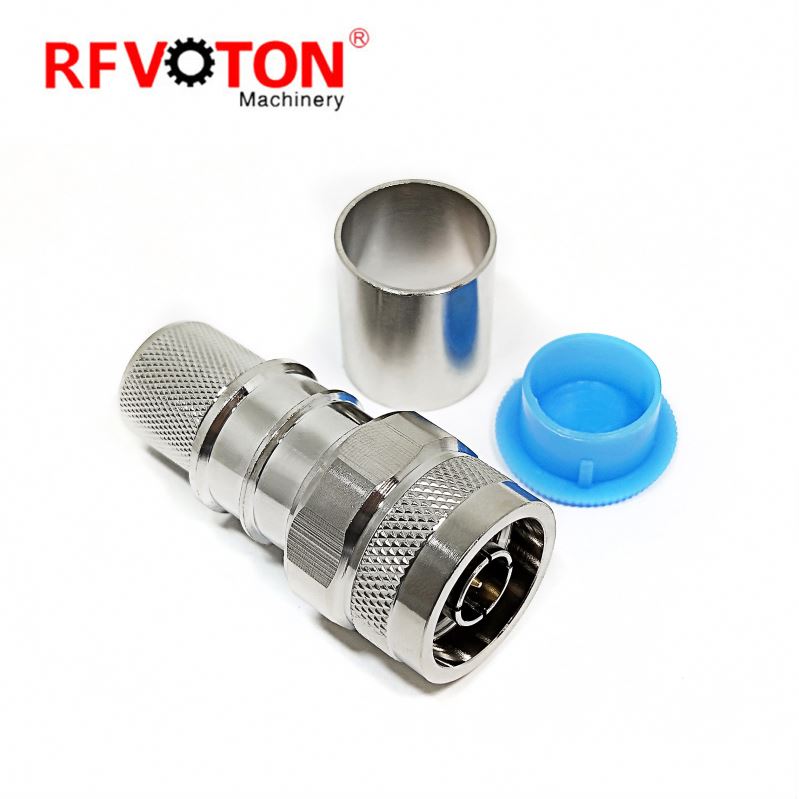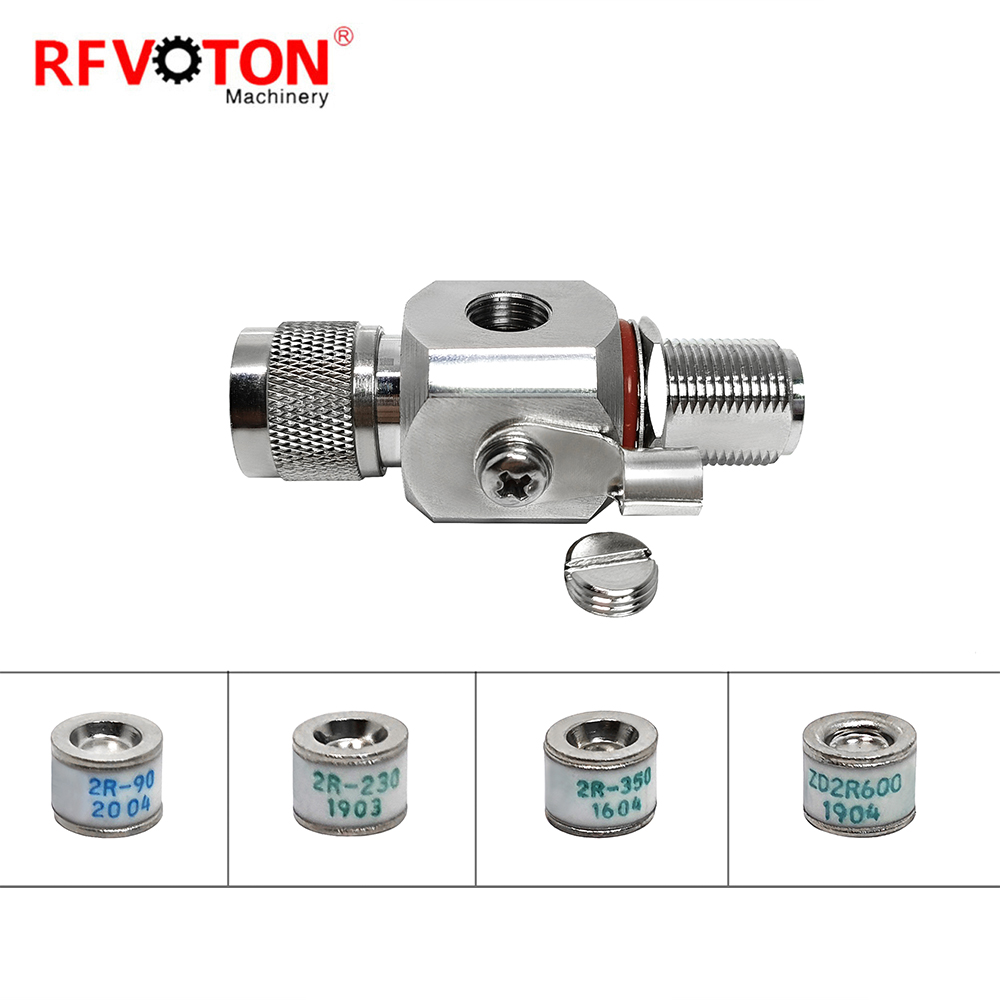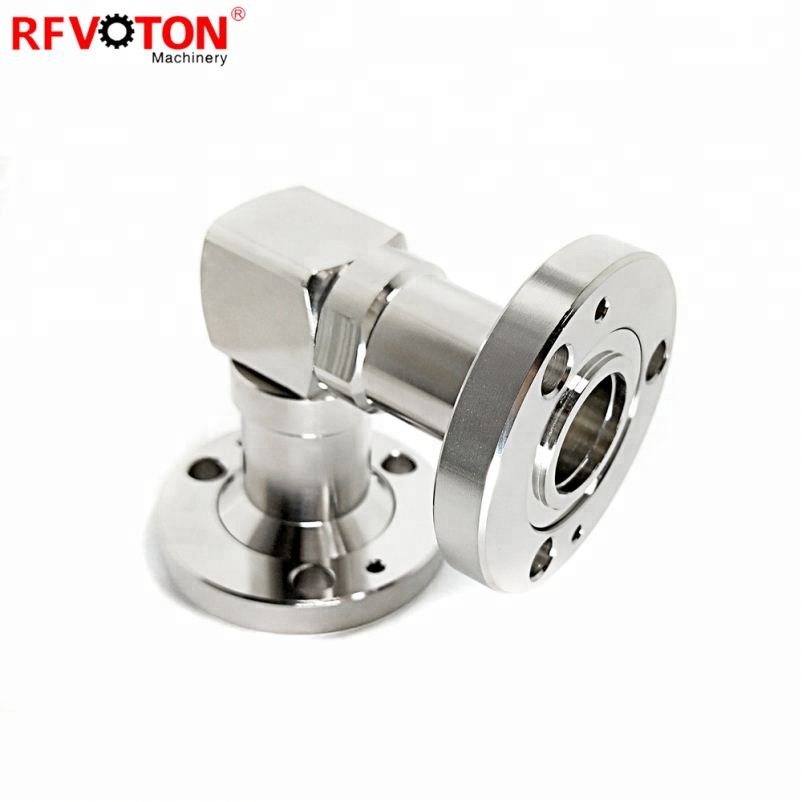Electrical connectors enable current to flow in the circuit where it is blocked or isolated, enabling the circuit to achieve its intended function. Some connectors are in the form of ordinary sockets and are widely accepted and used in the cable industry.
Many years of incoming call connector classification chaos, each manufacturer has its own classification methods and standards. The national electronic distributors association (NEDA, namely NaTIonalElectronicDistributorsAssociaTIon) in 1989 developed a set of known as connector components encapsulation (LevelsofPackaging) standard classification level. According to this standard, communication connectors generally use level 4 connectors. However, the level is only used to learn and classify connectors. In practical work, connectors are seldom referred to according to the above level, but are named according to the appearance form of connectors and the structure of the connection (the naming of electrical connectors of different structure forms is specified by the international general detailed specifications). Generally speaking, connectors of different structures have different application ranges. The connection of a communication network often depends on the media used, so connectors are usually discussed in terms of different connection media, connection modes, and application situations.
1. Multi-wire cable connector
Multiwire cable connectors include DB and DIX connectors and DIN connectors.
(1)DB connector includes DB-9, DB-15, DB-25 connector, it is used to connect serial port equipment and parallel cable, divided into positive end and negative end, DB25 in the DB represents the D connector, the number 25 represents the number of needles connector. DB25 connector is a common component of microcomputer and line interface at present.
(2)DIX connector: Its external representation is the DB-15 connector. It is connected with a slip, while the DB15 is connected with a screw and is often used to connect to a thick cable Ethernet.
(3)DIN connector: There are different needles and the arrangement of needles in DIN connector, which is commonly used to connect Macintosh and AppleTalk networks.
2. Twisted-pair connector
Twisted pair connections include two types of connectors: RJ45 and RJ11.RJ is an interface that describes public telecommunications networks. In the past, RJ type interfaces were used in class 4, class 5, super class 5, and even recently introduced class 6 wiring.
(1)RJ11 connector: is a kind of telephone line connector, supporting 2 wire and 4 wire, generally used for user telephone line access.
(2)RJ45 connector: a connector of the same type, jack type, larger than RJ11 connector, and support 8 lines, is commonly known as the standard 8-bit modular interface, used for connecting twisted pair in the network. Because the circuits used are balanced transmitter and receiver, it has high common mode rejection ability.
Coaxial cable connector
Coaxial cable connector includes T connector and BNC connector and terminal resistor.
(1)T connector: used to connect coaxial cable and BNC connector.
(2)BNC connector: BayoNette BayoNette barrel connector, used to connect network segments to THE BNC connector. The rapid growth of the communication and computer markets and the combination of communication and computer technologies have become the main factors stimulating the growth of the demand for coaxial connectors. Because the coaxial cable and t-connector rely on BNC connectors for connection, so the BNC connector market for the industry.
(3) terminals: cables all need terminals, terminals is a special connector, it has a carefully selected resistance to match the characteristics of the network cable, each of which must be grounded.
(4) In heavy-cable Ethernet, N-type connectors are often used. The workstation is not directly connected to the Ethernet network, but is connected to the transceiver through an AUI connector (DIX connector).
Rf coaxial connectors are divided into three types from the connection type:
(1) Threaded connection type: such as APC-7, N, TNC, SMA, SMC, L27, L16, L12, L8, L6 rf coaxial connectors. This kind of connector has the characteristics of high reliability and good shielding effect, so it is also the most widely used.
(2) Bayonet connection type: such as BNC, C, Q9, Q6 rf coaxial connectors. This kind of connector has the characteristics of convenient and fast connection, and is also the earliest application of rf connector connection form in the world.
(3) Direct plug and push connection type: such as SMB, SSMB, MCX, etc., this connection form of connector has the characteristics of simple structure, compact, small size, easy to miniaturize, etc.
Serial communication is a widely used communication mode. In serial communication, both sides are required to use a standard interface. The connectors of ISDN basic interfaces adopt ISO8877 standard. The standard provides that the S interface standard connector is RJ-45(8 cores), and the middle 4 cores are effective cores. U interface connector is not standard, some manufacturers use RJ-11, some use RJ-45, are effective in the middle of the two cores. The connector for the G.703 interface in the digital transmission network is usually BNC(75 ω) or RJ-45(120 ω), and sometimes a 9-core interface is used. The USB specification (Universal Serial Bus) is A connection standard that provides A common connector (type A and type B) for all USB peripherals to connect to PCS. These connectors will replace various traditional external ports such as serial ports, game ports, parallel ports, etc.
In the area of comprehensive wiring, the previous four types, five types, super five types, including just introduced in the six types of wiring, the use of RJ interface. Starting with seven types of standards, cabling has historically been divided into RJ and non-RJ interfaces. Cat7 connector combination (GG45-GP45) standard has been unanimously adopted in March 22, 2002 (IEC60603-7-7), become the 7 standard connector, and can be fully compatible with the current RJ-45.
The selection of electrical connector includes the use of environmental conditions, electrical parameters, mechanical parameters, the selection of terminal. It includes electrical parameter requirements, rated voltage, rated current, contact resistance, shielding, safety parameters, mechanical parameters, mechanical life, connection mode, installation mode and shape, environmental parameters, terminal mode and so on.
Post time: Jul-05-2022








